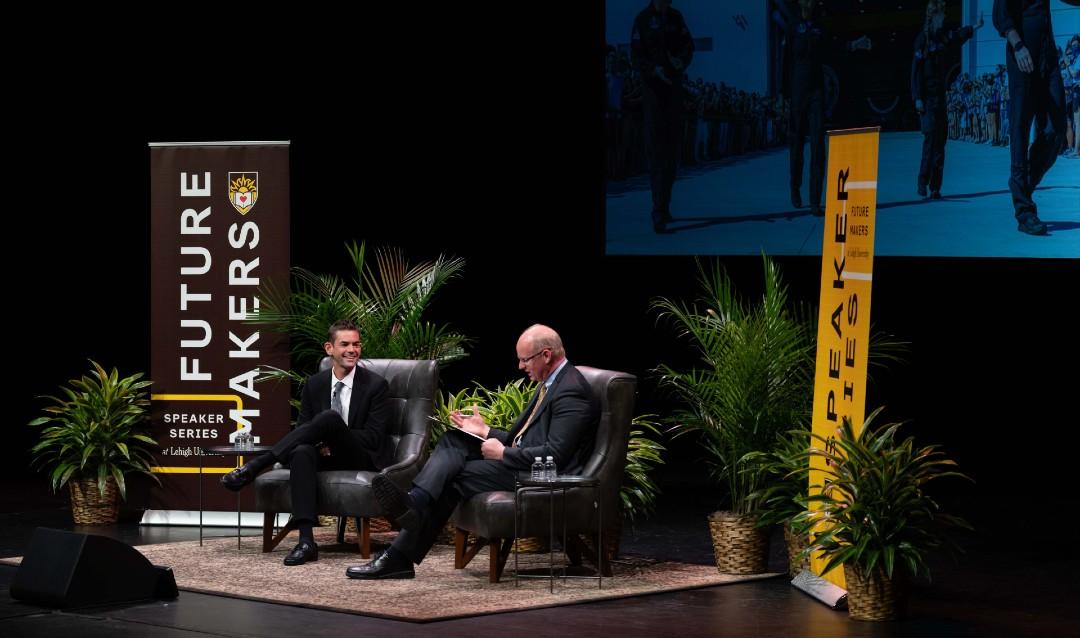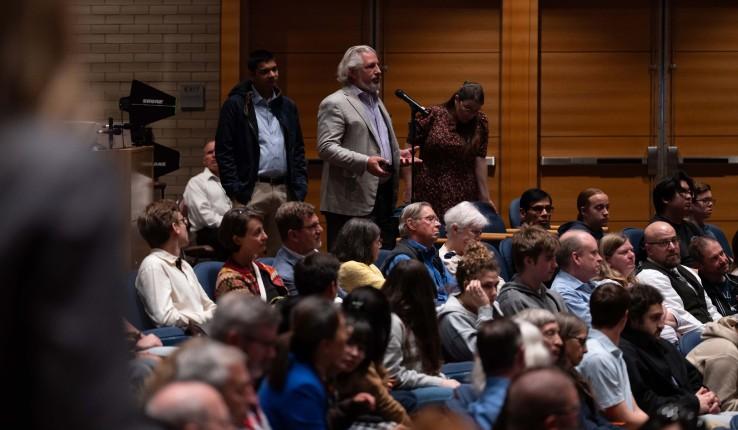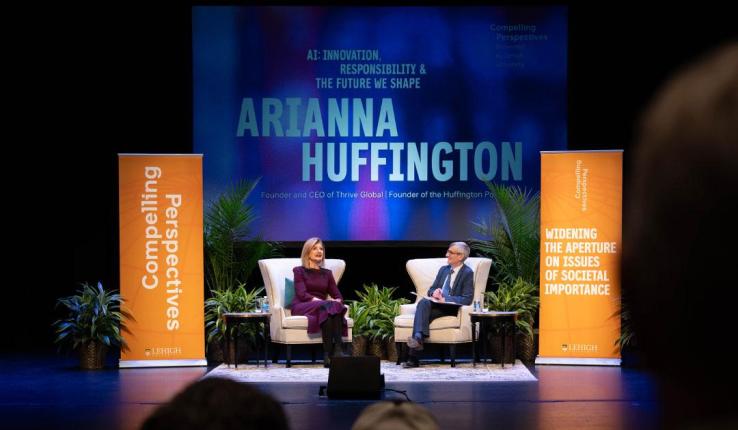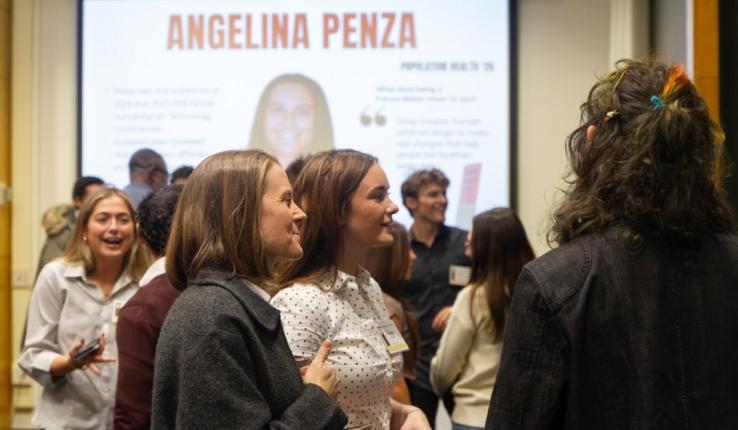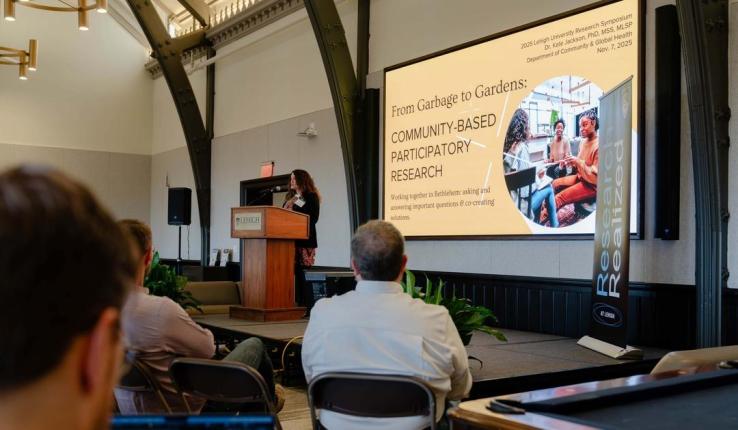Reflecting on his own time in orbit, Isaacman added, “I felt…an appreciation for how small we are in the grand scheme of things. Who knows what we might find out there?”
Isaacman, who dropped out of school at 16 to develop the Shift4 payment processing platform before earning a degree from Embry-Riddle Aeronautical University, noted that luck played a major role in his career arc: “The ball definitely bounced my way many times in life.”
Acknowledging how rare his experiences are, he emphasized a responsibility to give back, most notably through his fundraising efforts throughout both space missions raising over $250M for St. Jude Children's Research Hospital.
“Two philosophies I have are: one, I don’t think you fulfill your purpose in life if you don’t maximize the opportunities you’re lucky enough to receive,” Isaacman said. “Two, you have an obligation, to the extent you can, to make the world a better place than you found it.”
The future of space
“This is the healthiest time we’ve ever had in the space program,” Isaacman said. “In the launch market, there are players such as United Launch Alliance, a Boeing Lockheed joint venture…and SpaceX, which is launching every few days.”
He also noted Blue Origin’s upcoming rocket launch and the emergence of companies like Rocket Lab. “The more competition we have, the more it will drive innovation and bring down costs,” Isaacman said.
He stressed that he believes NASA should focus on goals beyond the reach of private companies, and said that realizing multiplanetary life and pushing the bounds of space exploration can’t be funded by taxpayer dollars alone via the government agency.
“There has to be a space economy,” Isaacman said, referring to the need for private funding. “We won’t reach our space dreams on taxpayer dollars. Once we have a space economy, it will crack the code on how to explore further.” Only then will space go from “the select few to the many.”
Students get a glimpse into the astronaut experience
Prior to the main program, Isaacman and Terry Hart, teaching full professor of Mechanical Engineering and Mechanics in Lehigh’s P.C. Rossin College of Engineering and Applied Science, participated in a private question-and-answer session with a group of students. Hart, a former NASA astronaut and U.S. Air Force fighter pilot, flew aboard the 1984 Challenger mission STS 41-C, NASA's 11th space shuttle mission.
The conversation, also moderated by Urban, touched on astronaut training, risk management and emerging technologies. Isaacman and Hart discussed the similarities between NASA and private-sector training, including extensive simulator work and preparation for emergencies.
“Something always goes wrong,” Isaacman said, “so it’s important to build high confidence and realize most situations are non-emergencies.”
Responding to a question from a student about artificial intelligence applications at Shift4, Isaacman said there are many opportunities in both payment processing and space exploration.
“The relevancy in space is huge,” Isaacman said. “There are constellations of satellites gathering data, and no way to apply that data before new data comes in without support from AI.”
For the students in the room, Isaacman’s message was clear: find something you love and pursue it.
“I definitely appreciate the well-paved road through higher education; it gives you more opportunities,” Isaacman said. “Take it in a direction you’re generally excited about. If you do that, you have a real chance of becoming the best at what you’re doing, and that’s going to create even more opportunities for you.”


